An interview with David McClay
Posted by the Node, on 30 November 2016
This interview by Aidan Maartens first appeared in Development Volume 143, Issue 23.
David McClay is the Arthur S. Pearse Professor of Biology at Trinity College of Arts and Sciences, Duke University, North Carolina. His lab works on the transcriptional control of morphogenesis in the sea urchin embryo. We caught up with David at the 2016 Society for Developmental Biology – International Society of Differentiation joint meeting in Boston, where he received the Lifetime Achievement Award.

You’ve been awarded the DB-SDB Lifetime Achievement Award. What does this mean to you?
Well, I think everyone likes to think that what they’ve done has mattered. In a way, the award is a reflection that somebody else has appreciated it and it wasn’t me operating in a vacuum! And the award isn’t just for the research output, but also for the development of students, the teaching, the whole thing. So that recognition was really gratifying.
Let’s go back to the beginning: did you always want to be a biologist?
My dad was a college professor, so the trade was always alluring. But then there was the question of what I would do. I switched majors several times in college – I think we all go through this process of trying to decide what’s important – and finally took a course in genetics that I found absolutely fascinating. The whole idea of how genes work together in building an organism has always fascinated me. So I decided to head off in that direction, although here I am working on an organism that’s not really a genetic model!
“The whole idea of how genes work together in building an organism has always fascinated me.”
Your early papers were on sponge aggregation, with the animals collected in Bermuda. How did that work come about?
At the time, there were two different courses you could take: the Woods Hole Embryology Course, or a separate but parallel course in Bermuda, so I applied there. Ray Keller was my lab partner that summer and it was delightful. This was between my first and second year of grad school and, though I’d picked a couple of things I’d like to head toward, I wasn’t really committed. At the end of the summer they would pick one person to bring back the following year and I decided I wanted to be that person.
So I got back to the library in Chapel Hill, and thought: what could I do that could only be done in Bermuda, and nowhere else? After reading some papers, I came up with this idea of looking at sponges and sponge aggregation. The idea was to go where the different species live cheek-by-jowl with one another and ask whether differences in cell adhesion kept them separate. So I went down to Bermuda, and that turned out to be the case: adhesive specificity is seen at the species level, rather than the tissue level as in vertebrates. That work became my PhD thesis. That was the last time I worked on sponges, but I ended up doing close to 20 summers in Bermuda. I then switched my summers to Woods Hole, partly because participation in the course there was just awesome, and partly because my kids were growing up and the Marine Biological Laboratory manages kids fantastically well, so it worked out very well when the family was young.
So once you’d transitioned to sea urchins, your initial papers were on questions of cell adhesion, aggregation and affinity. Why that particular focus?
I was interested in – and I still am interested in – the question of how the embryo ‘works’. Cell adhesion seemed to be a way in to studying this process. When I started, I was mostly trying to figure out the molecular basis of adhesion; at that time, we didn’t have cadherins or integrins, or any of that. So in my post-doc I was working on purification of adhesion molecules, and then Masatoshi Takeichi broke the field open with the cadherins, and Erkki Ruoslahti, Richard Hynes and Clayton Buck continued with the integrins. I was working on all those same molecules and got a few publications in the same mix. But then I started to think: I’m not just going to work on adhesion, there are a lot of people doing that – I want to look at the whole cell, the whole system.
The sea urchin work started out as a very simple summer project but, because of its simplicity and the variety of experiments I could do, I began to focus on it more and more. And even though at the time I was working with chick, mouse and other things, every grad student who entered the lab wanted to work on the urchin! So, by around 1990, my lab became a sea urchin lab sort of by default.
The sea urchin is one of the longest-running model organisms in developmental biology, and one you’ve worked on for much of your career. What explains its longevity?
I’d say three things. The first reason for its longevity is very human: you have to go to marine labs to get your organism! In the past, people just gravitated to these marine labs in the summer. The second reason is its simplicity; it’s very easy to work on. And the third is the number of technologies you can throw at it. I’d been affected by all three of these: I love going to marine labs, I love the organism’s simplicity and I love the technologies. It’s amazing what you can do nowadays, particularly with imaging.
“I love going to marine labs, I love the organism’s simplicity and I love the technologies.”
It is a small field. Each of the fields that are represented here at the SDB has a sort of carrying capacity. We thought Drosophila was virtually limitless for a while, but it’s turning out not to be. There are only so many questions and so many groups that can work on a given question. The sea urchin carrying capacity is smaller than others, but I still think it makes a valuable contribution to the field.
Throughout your career, you seem to have straddled the mechanics and the signalling sides of developmental biology. Was this a conscious choice?
I don’t really care what aspect I’m looking at, I just want to know how the system works. So, for instance, with the epithelial-to-mesenchymal transition (EMT) I don’t want to be restricted to one aspect, I want to know everything! The mechanics, gene regulation…whatever it is that tells me how that system works, I want to know.
Ten years ago the sea urchin genome was published and you were involved in that project. How did the completed genome complement your work?
The story really starts years before the genome publication, in the late 1990s. We’d been looking at these different morphogenetic activities and wanted to know how they’re controlled. That quest to understand their control naturally led me to transcription factors, and I got a call one day from Eric Davidson asking whether I was interested in collaborating in building the gene regulatory network (GRN) for sea urchin development. What we needed then was all the genes, and that meant the genome. And so Eric in particular worked very hard, starting in about 2002, to sequence and annotate the genome.
I’d travel around the world to annotation parties, and we’d pull a whole bunch of people together in a room and teach them how to annotate – how to go in to an open reading frame and know what to look for. People started to have great fun when their names were associated with what they had done. We ended up annotating 12,000 genes – not particularly well, but in a very short time.
There were teams of us: Eric was the overall project leader and I was in charge of one of the subteams for the cell biology side. It was a wonderful collaboration, I think there were 120-130 people altogether, and working together was really fun.
And the impact? Now when we do RNA-seq, we have a reference standard, which very quickly and computationally gives us a list of genes present at a given time or after a perturbation. We just couldn’t have done that without the genome; it’s been great.
How and why did GRNs come to feature so prominently in your work?
Eric was at the head of the sea urchin GRN consortium and I was in the middle. We shared an interest in building the GRNs but with different purposes: Eric wanted to learn the entire cis regulatory code that drove gene expression in the network, whereas my interest was and is in using GRNs as a tool for understanding morphogenesis. Once we had the GRN I could use it as a template to understand different events in morphogenesis. GRNs allow you to eliminate the mystique behind these really complex problems.
“My interest is in using GRNs as a tool for understanding morphogenesis…they allow you to eliminate the mystique behind these really complex problems.”
Our studies on EMT illustrate this point. Cells undergoing EMT go through de-adhesion, become motile, change shape, change polarity, invade through the basement membrane, and extend filopodia. Each of those could be separated as a distinct cell biological activity and, lo and behold, each activity is controlled by a different transcriptional subcircuit. So there are all these little subcircuits in the GRN that regulate this event in a coordinated manner.
But it’s not quite so simple. We knew, for instance, that de-adhesion is primarily controlled by Twist and Snail. But in a nine-hour period of sea urchin embryogenesis, five different cell types go through an EMT. My hypothesis was that all five would be essentially similarly controlled. Wrong! Twist and Snail participate in two out of the five, but the other three have different controls for de-adhesion. It’s a little bit disconcerting but that’s the way nature operates.
Your lifetime achievement award also celebrates mentorship. Do you have any advice for young researchers today?
I think all of us have somewhat mixed feelings: I love what I do, but at the same time I recognise how hard it is. You’re in two minds – trying to get across your love of science and how rewarding that can be, but at the same time recognising there’s a huge gamble that someone takes on when they’re going further into science.
I cite the statistic of a few years ago when there were 6000 PhD graduates in biomedical science and 600 opportunities in academia. That meant 90% of the people had to find a related occupation, many of which are great, but perhaps different from the initial vision that the student might have had.
It’s unlike other occupations in that the very occupation restricts the number of people who can enter it, so as well as the love and excitement, you want to paint a realistic picture of the opportunities.
Once a student does take that gamble, then it shifts: you want to optimise what they’re going to get out of it. You can either give them everything or you can set up an environment where they can build their own career. I try to provide both, but lean toward them building their own career. And I’ve been really proud of them: so many of my students have gone on into successful careers.
And a final question: what might people be surprised to find out about you?
Well, I’ve been driving the same car to work for 42 years: a Fiat Spider convertible, a beautiful old car.
“I don’t think I’m ever really going to grow up! I started going to Bermuda in the summers, and then Woods Hole, and recently Villefranche-sur-Mer – forty summers of marine labs. And I’m still having fun: give me another thirty years!”
And maybe they wouldn’t find this surprising, but I don’t think I’m ever really going to grow up! I started going to Bermuda in the summers, and then Woods Hole, and recently Villefranche-sur-Mer – forty summers of marine labs. And I’m still having fun: give me another thirty years!


 (4 votes)
(4 votes)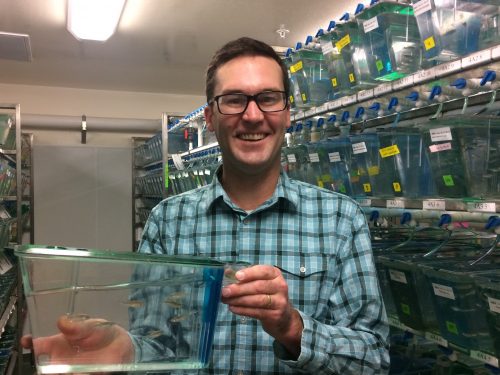

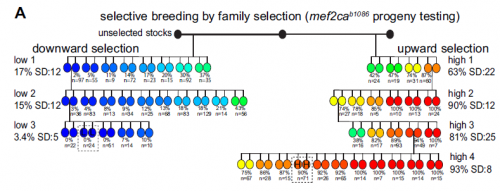
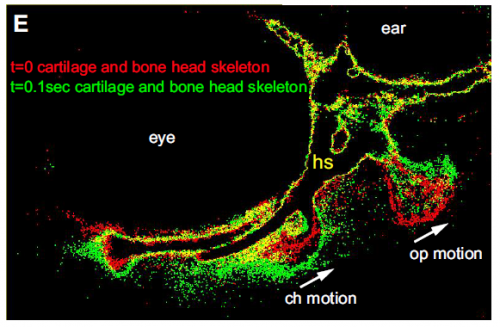








 It has long been considered that epithelial cells either migrate collectively as epithelial cells, or undergo an epithelial-to-mesenchymal transition and migrate as individual mesenchymal cells. Here,
It has long been considered that epithelial cells either migrate collectively as epithelial cells, or undergo an epithelial-to-mesenchymal transition and migrate as individual mesenchymal cells. Here,  A strong connection exists between the cell cycle and cell fate decisions in a wide-range of developmental contexts. Terminal differentiation is often associated with cell cycle exit, whereas cell fate switches are frequently linked to cell cycle transitions in dividing cells. In recent years, progress to address the connection between cell fate and the cell cycle has been made in pluripotent stem cells, in which the transition through mitosis and G1 phase is crucial for establishing a window of opportunity for pluripotency exit and the initiation of differentiation. Here,
A strong connection exists between the cell cycle and cell fate decisions in a wide-range of developmental contexts. Terminal differentiation is often associated with cell cycle exit, whereas cell fate switches are frequently linked to cell cycle transitions in dividing cells. In recent years, progress to address the connection between cell fate and the cell cycle has been made in pluripotent stem cells, in which the transition through mitosis and G1 phase is crucial for establishing a window of opportunity for pluripotency exit and the initiation of differentiation. Here,  (No Ratings Yet)
(No Ratings Yet)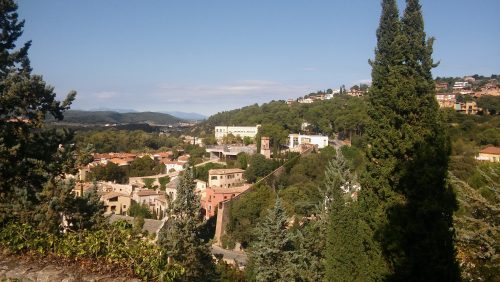


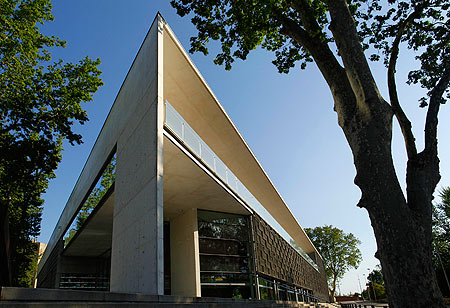
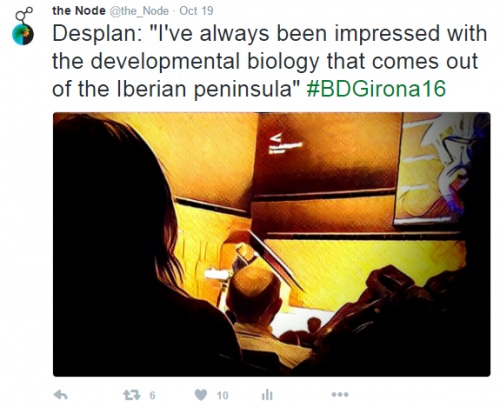
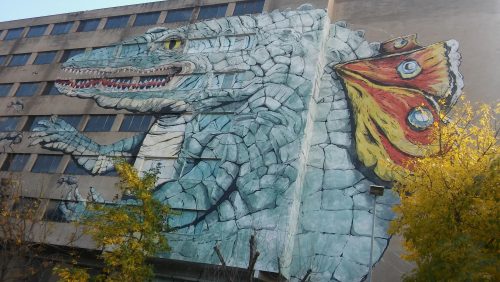

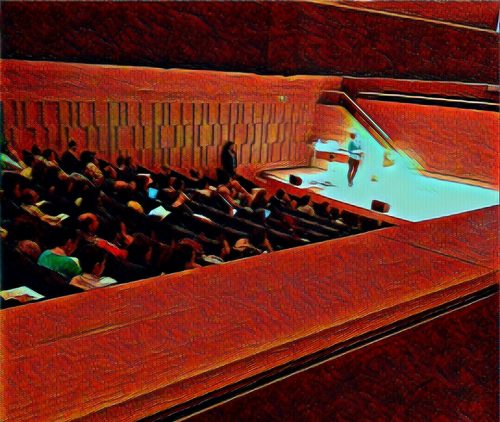
 (6 votes)
(6 votes)















